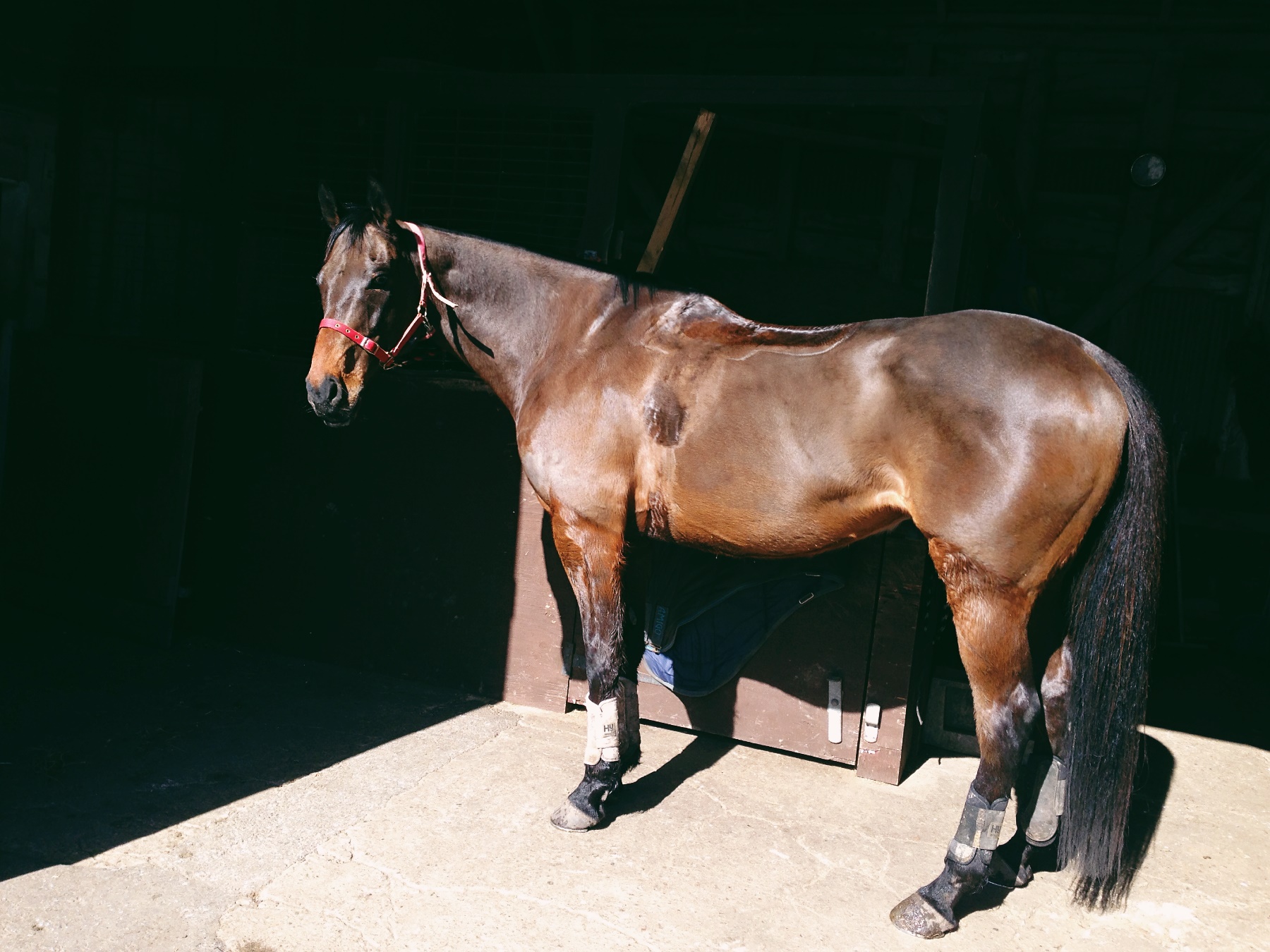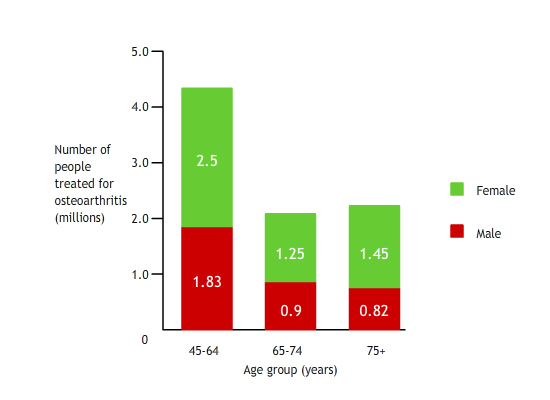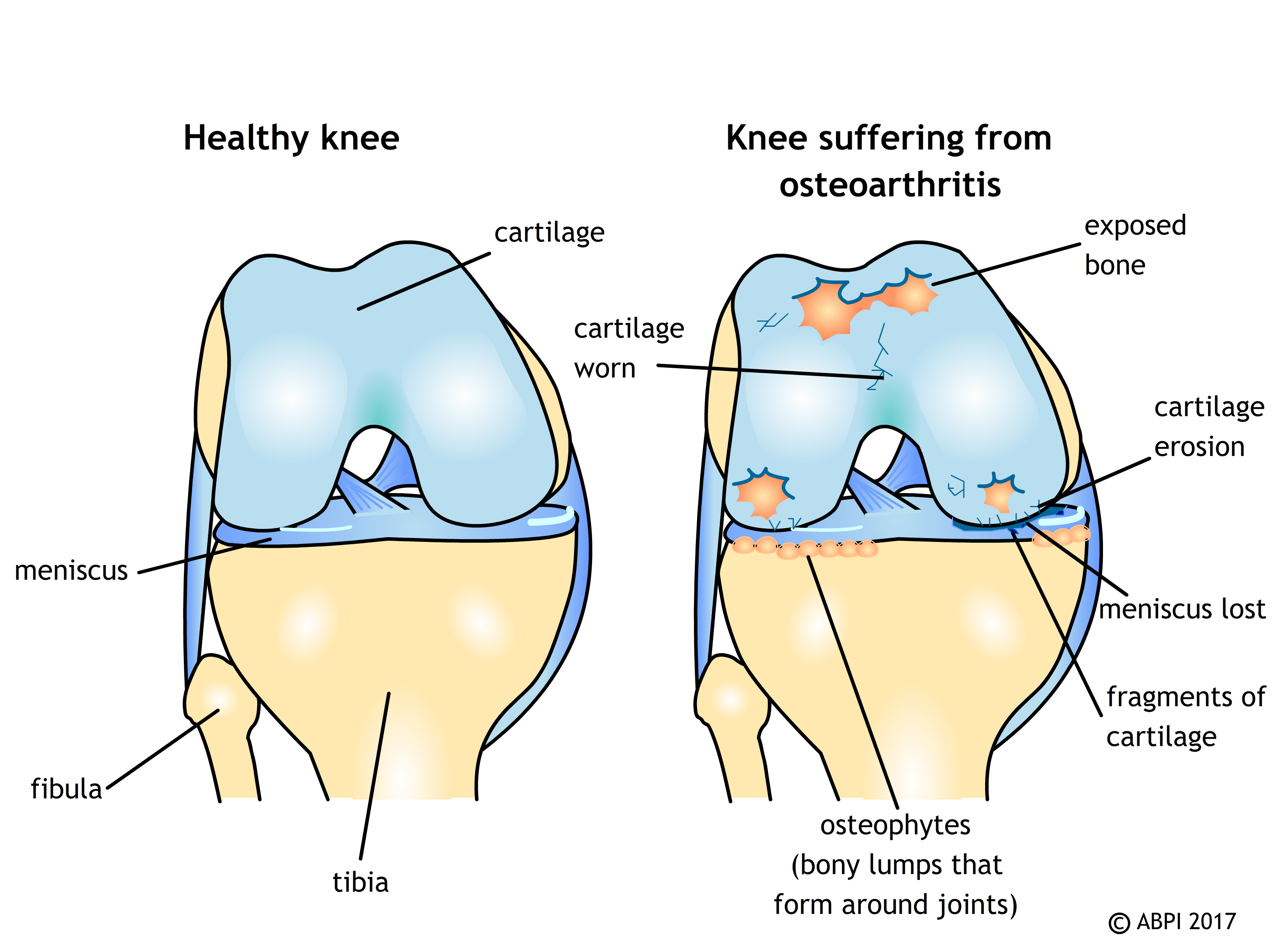This topic takes on average 55 minutes to read.
There are a number of interactive features in this resource:
 Biology
Biology
The skeletal tissues take a tremendous amount of wear and tear just in everyday life. If you are an athlete, or do heavy physical work, then you put even more strain on your skeletal system. If you break your leg, it will usually heal relatively quickly. But problems with the joints and the soft tissues associated with the skeleton leave millions of people in pain and with limited mobility every year.
This is a problem with equine athletes as well as humans, and the veterinary world has developed a form of stem cell therapy which has had considerable success in treating damaged tendons in race horses and showjumpers. Tendons are very difficult tissues to heal – they have very little blood supply and are very slow growing. Very often a lot of scar tissue and even extra bone is formed as a tendon injury heals.
The racehorse Dream Alliance damaged his leg in the 2008 Grand National, and went on to develop a condition called tendinopathy. His racing career seemed over – until he was given pioneering stem cell therapy. By 2009 he was racing again and he went on to win the Welsh Grand National before he was retired in 2012. Stem cell treatment is now available for horses relatively routinely at the Royal Veterinary College hospital.
Human studies are following the horses. Mr Andy Goldberg, MD, OBE is the man behind Dream Alliance’s recovery. Now he is running a trial at the Royal National Orthopaedic Hospital using adult stem cells from patients to treat tendinopathy in their Achilles tendon. Initial results are promising.

Up to 10 million people in the UK alone are affected by osteoarthritis – that’s around 33% of the population over the age of 45. In osteoarthritis, the cartilage which protects the ends of the bones in a healthy joint becomes damaged and may be lost completely. This makes it hard and painful to move, so everyday tasks and moving about can become difficult or impossible.

Patients are treated with painkillers and eventually with surgery to replace the damaged joint with an artificial hip or knee. Stem cell therapy offers the possibility of actually treating the disease. Scientists have managed to regrow small areas of cartilage in some patients using cartilage cells known as chondrocytes. However, the hope is that stem cells grown from the bone marrow of individual patients, or a mixture of stem cells and chondrocytes, might be more effective and restore healthy function to damaged knee and hip joints, ultimately reducing or removing the need for replacement knee and hip surgery. A trial comparing the three different treatments, known as the ASCOT or Autologous Stem Cells, Chondrocytes or the Two? trial, was started in 2014. Results are expected in 2019.
